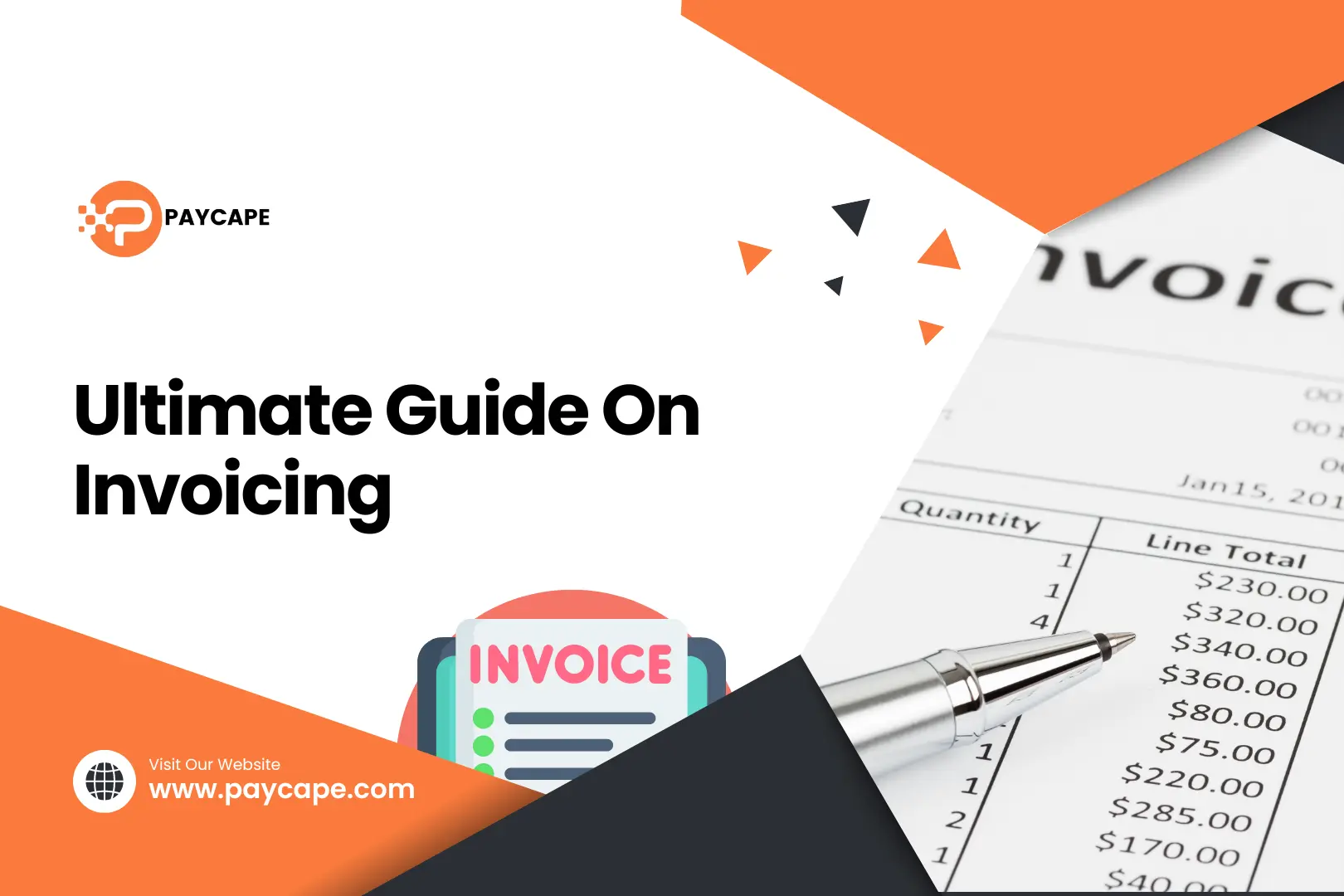In the business world, the efficient flow of cash is the lifeblood of any organization. Getting paid by clients promptly, maybe through automated processesss, is critical for maintaining operations and fueling growth, either in startups or established businesses. This guide explains everything about invoicing, automation of invoices, payment processing, billing, and how small businesses can scale up to these functionalities. Grab a popcorn, rest your back, and get ready to learn all about invoicing. What is Invoicing? Invoicing is the formal document that serves as the backbone of ensuring you get compensated for the valuable products or services you provide. But an invoice is more than just a bill; it serves as a vital record of the transaction, protects both buyer and seller, and plays a key role in your company’s financial health. What is an Invoice? According to the Cambridge English Dictionary, an invoice is “a statement listing goods or services provided and their prices, used in business as a record of sale”. An invoice outlines how much your client owes you when payment is due, and what services you provide. This document is a foundation for the small business accounting system. It specifies a customer’s responsibility to pay for the prices listed in the statement. What are The Functions of Invoicing? When running a business, it is important to issue an invoice to demand payment.Beyond being a “bill of payment”, it is also a legal document that binds the buyer and the suppliers together to stated criteria. It serves as a legal proof of agreement. You can also do an invoice analysis that can assist your organization in gathering information from your customers’ purchasing behaviors to detect trends, popular items, peak buying hours, and other factors. This helps to create effective marketing tactics. What are the Types of Invoicing? Now that you know what a basic invoice is and its function, let’s look at some of the different types. The most common form used for everyday transactions is the standard invoice. It has the details of the products or services provided, the quantities, prices, and payment terms. The type that is closely related to the standard invoice is the debit and credit invoice. Theyare used for minor changes on the original invoice such as increase and decrease of values, refunds, discounts, or corrections to mistakes. Another type of invoice is the commercial invoice. The commercial invoice is the invoice used for products that are sold internationally. Commercial invoices include information about the sale that is necessary to compute customs charges on cross-border transactions. Another form of the invoice is the Timesheet invoice. Thisis used by firms that pay their employees per hour. A timesheet is an invoice used when a firm or employee invoices based on the number of hours worked and the hourly rate of compensation. Thisis mostly used among freelancers. There are other types of the invoice such as the pro forma invoice, final invoice, recurring invoice, past due invoice, retainer, and e-invoice. With the advent of technology, you can generate most of these invoices using online invoicing software. What Is an Invoice ID? In invoicing, there is a need for an invoice ID which is a unique number that a company generates for each invoice. The ID is important because it serves as a unique identifier for each client transaction. The invoice number can contain both letters and numbers, without having to number them consecutively. It is best to have a consistent invoice ID arrangement to prevent sending the same number of invoices multiple times. How Can I Assign an Invoice Number? Having a smart invoicing system is the cornerstone of healthy cash flow and there are several approaches you can use to achieve that. One of them is the sequential approach to invoicing. In this approach, you can assign an invoice number sequentially. For instance, if you are running an investment platform, you can use something like invst-0001, invst-0002, invst-0003… Another format that you can use is the chronological format. Here, the invoice number incorporates the date. For instance, when you issue an invoice on April 3rd, 2024, you could be numbering it “20240403-001” (year-month-day-sequential number). When you issue an invoice, it can help with quick referencing. Lastly, you can also assign an invoice ID using a customer-based numbering. If you like to use unique numbers as your customer’s ID, then you can easily switch it into an invoice ID number. For example, if you are dealing with a company called FAANG, you could have the invoice ID to be FAANG-001. Remember that the style you adoptultimately depends on your business needs and preferences. Think of what information would be most helpful for you and your clients when referencing invoices. How to Create an Invoice: Invoice Template You will learn here how you can create a professionally-looking invoice using an invoice template. Keep reading to learn how to create an invoice that will amaze your clients and get you paid faster. What are the Basics of An Invoice? Before you start creating your business’s invoice either from scratch or using an invoice template, it is very important that you first understand the basics. You can personalize your invoice in whatever way you want but some very core things must appear on your invoice, which are: 1. Business Details The first and most obvious thing that should be on your invoice is your business name and logo (if available). You can also include your business address and other necessary details that can inform your client where the invoice is from. 2. Client’s Details Close to your details, you must include your client’s details such as the name and address. If you are dealing with a mid/big-sized company, you might include the name of the person who will process the payment. 3. Date You must also include the invoice date on your invoice. This date will include the date the invoice was issued and the due date. 4. Invoice Number You must also include an invoice number on your invoice which aids bookkeeping and referencing. 5. Transaction Details This section is where you write the goods and/or services you rendered and its corresponding amount.You can sum it up at the end to show the subtotal amount charged. 6. Amount Owing After you have clearly stated the transaction details, you can make other necessary payments, such as taxes, to the amount that’s expected from the client. 7. Payment Methods The next thing, after all the above has been put in place, is that you include the payment methods.This is where you include how you want to receive your payment. 8. Other Terms of Payment Lastly, you must also include your payment conditions. This is where you state how many days the client has until payment. After the due
Trending Now


